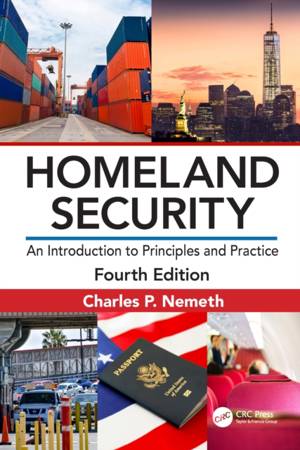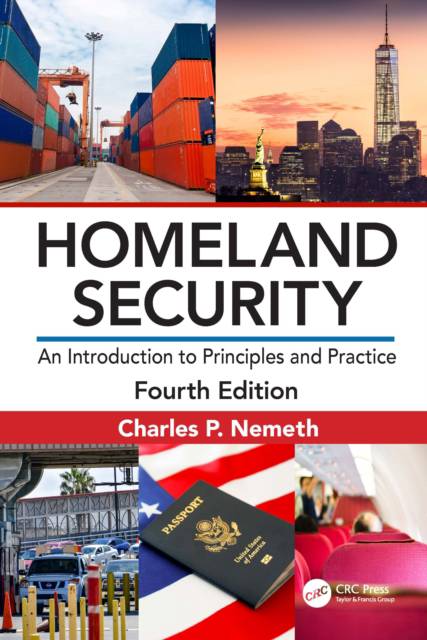
- Retrait gratuit dans votre magasin Club
- 7.000.000 titres dans notre catalogue
- Payer en toute sécurité
- Toujours un magasin près de chez vous
- Retrait gratuit dans votre magasin Club
- 7.000.0000 titres dans notre catalogue
- Payer en toute sécurité
- Toujours un magasin près de chez vous
Description
Homeland Security: An Introduction to Principles and Practice, Fourth Edition continues its record of providing a fully updated, no-nonsense textbook to reflect the latest policy, operational, and program changes to the Department of Homeland Security (DHS) over the last several years. The blend of theory with practical application instructs students on how to understand the need to reconcile policy and operational philosophy with the real-world use of technologies and implementation of practices.
The new edition is completely updated to reflect changes to both new challenges and continually changing considerations. This includes facial recognition, intelligence gathering techniques, information sharing databases, white supremacy, domestic terrorism and lone wolf actors, border security and immigration, the use of drones and surveillance technology, cybersecurity, the status of ISIS and Al Qaeda, the increased nuclear threat, COVID-19, ICE, DACA, and immigration policy challenges. Consideration of, and the coordinated response, to all these and more is housed among a myriad of federal agencies and departments.
Features
- Provides the latest organizational changes, restructures, and policy developments in DHS
- Outlines the role of multi-jurisdictional agencies--this includes stakeholders at all levels of government relative to the various intelligence community, law enforcement, emergency managers, and private sector agencies
- Presents a balanced approach to the challenges the federal and state government agencies are faced with in emergency planning and preparedness, countering terrorism, and critical infrastructure protection
- Includes full regulatory and oversight legislation passed since the last edition, as well as updates on the global terrorism landscape and prominent terrorist incidents, both domestic and international
- Highlights emerging, oftentimes controversial, topics such as the use of drones, border security and immigration, surveillance technologies, and pandemic planning and response
- Contains extensive pedagogy including learning objectives, sidebar boxes, chapter summaries, end of chapter questions, Web links, and references for ease in comprehension
Homeland Security, Fourth Edition continues to serve as the comprehensive and authoritative text on homeland secuirty. The book presents the various DHS state and federal agencies and entities within the government--their role, how they operate, their structure, and how they interact with other agencies--to protect U.S. domestic interests from various dynamic threats.
Ancillaries including an Instructor's Manual with Test Bank and chapter PowerPointTM slides for classroom presentation are also available for this book and can be provided for qualified course instructors.
Charles P. Nemeth
Spécifications
Parties prenantes
- Auteur(s) :
- Editeur:
Contenu
- Nombre de pages :
- 678
- Langue:
- Anglais
Caractéristiques
- EAN:
- 9780367494414
- Date de parution :
- 29-12-21
- Format:
- Livre relié
- Format numérique:
- Genaaid
- Dimensions :
- 183 mm x 257 mm
- Poids :
- 1596 g

Les avis
Nous publions uniquement les avis qui respectent les conditions requises. Consultez nos conditions pour les avis.






